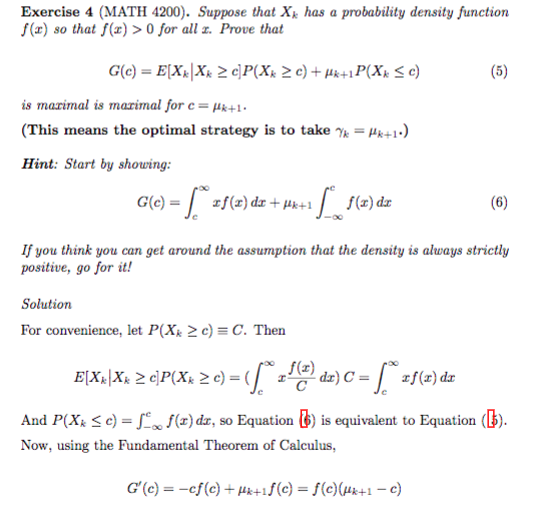Answered step by step
Verified Expert Solution
Question
1 Approved Answer
Here is a well-known bit of applied mathematics, sometimes called the Newsboy Problem, or the Christmas Tree Problem. In the example which gives the problem
Here is a well-known bit of applied mathematics, sometimes called the Newsboy Problem, or the Christmas Tree Problem. In the example which gives the problem its common name, a newsboy buys a quantity of papers q to sell on a busy urban street corner early in the morning. The demand for newspapers on a given morning is a random variable X. If X > q he sells all the papers he bought earlier in the day, but he doesn't have time to go the newspaper office to try to get any more papers. On the other hand, if X b > c > 0.


Step by Step Solution
There are 3 Steps involved in it
Step: 1

Get Instant Access to Expert-Tailored Solutions
See step-by-step solutions with expert insights and AI powered tools for academic success
Step: 2

Step: 3

Ace Your Homework with AI
Get the answers you need in no time with our AI-driven, step-by-step assistance
Get Started


